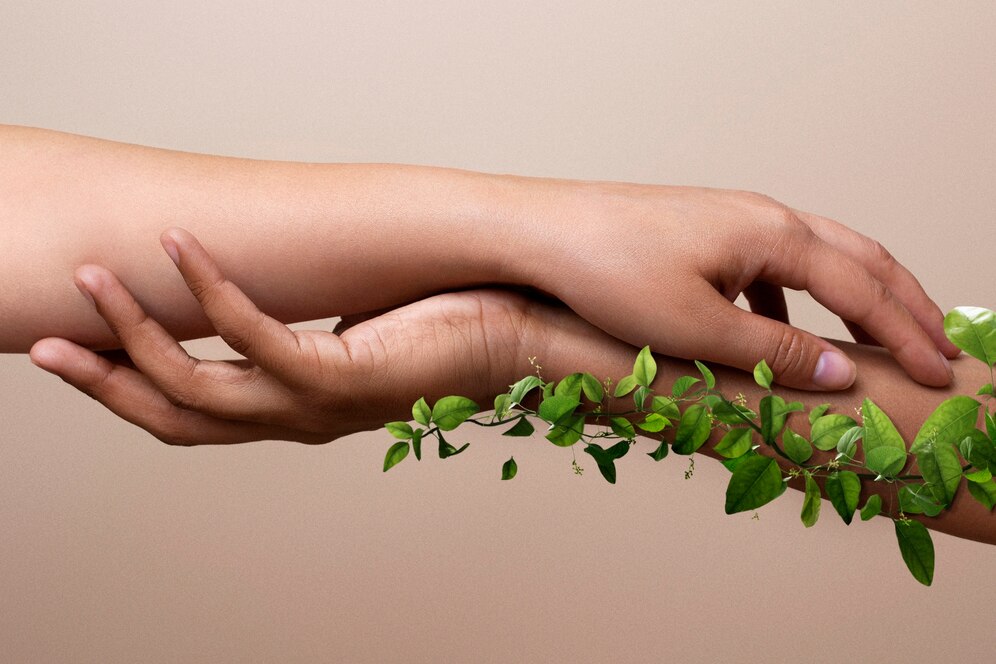In today’s fast-paced world, many people are turning to nature for both healing and sustainable living. One of the most rewarding and impactful ways to connect with nature is by designing your own natural medicine garden. Whether you’re an herbal enthusiast, a sustainability advocate, or just someone looking to reduce dependency on pharmaceuticals, a well-planned garden can provide both physical remedies and a spiritual connection to the earth.
Why a Natural Medicine Garden?
A natural medicine garden offers an eco-friendly way to grow your own healing herbs, eliminate waste, and reduce your carbon footprint. You can cultivate plants that support immune health, digestion, sleep, and stress management—all in your backyard. It also promotes biodiversity and sustainability, encouraging pollinators like bees and butterflies to thrive.
Step-by-Step Guide to Designing Your Garden
1. Choose the Right Location
Look for a spot that gets at least 6 hours of sunlight per day. Most medicinal herbs thrive in sunny, well-drained areas. Consider raised beds or container gardening if space is limited.
2. Focus on Native and Adaptive Plants
To truly support healing and sustainability, prioritize native plants or those adapted to your local climate. This reduces the need for excess watering, pesticides, and fertilizers.
Common healing plants include:
- Echinacea – for immune support
- Chamomile – for relaxation and sleep
- Lavender – for stress relief and skin care
- Calendula – for wound healing
- Peppermint – for digestion
3. Use Organic Soil and Natural Fertilizers
Avoid chemical fertilizers and instead use compost, worm castings, and natural mulch to enrich your soil. Healthy soil is the foundation of both sustainable gardening and potent herbal remedies.
4. Design for Function and Beauty
Create pathways using natural materials like stone or wood chips. Use companion planting to enhance growth and repel pests. Arrange herbs in a way that makes harvesting easy and enjoyable.
5. Practice Water-Wise Gardening
Install a drip irrigation system or collect rainwater to minimize waste. Group plants with similar water needs to avoid overwatering and to foster sustainability.
6. Label and Research Each Plant
Knowing your plants is key. Use durable, eco-friendly labels to keep track of each herb’s healing properties and growth requirements.
7. Harvest Responsibly
Harvest in small amounts and allow plants to regenerate. Dry or preserve herbs naturally to maintain their medicinal qualities over time.
8. Invite Pollinators
Plant flowers like yarrow, bee balm, or borage alongside your herbs. Supporting pollinators is essential for garden health and global sustainability.
The Healing and Sustainability Connection
Creating a natural medicine garden does more than offer herbal remedies—it fosters a deeper awareness of the interconnection between human health and environmental well-being. By growing your own healing herbs using sustainable practices, you’re taking a stand for a healthier planet and lifestyle.
Start Small, Grow with Purpose
Even a few potted herbs on a windowsill can be the beginning of a powerful journey. As you expand your garden, you’ll gain knowledge, confidence, and a stronger connection to the rhythms of nature.
Ready to transform your backyard into a sanctuary of Healing and Sustainability? Start planting today and watch your wellness grow.


